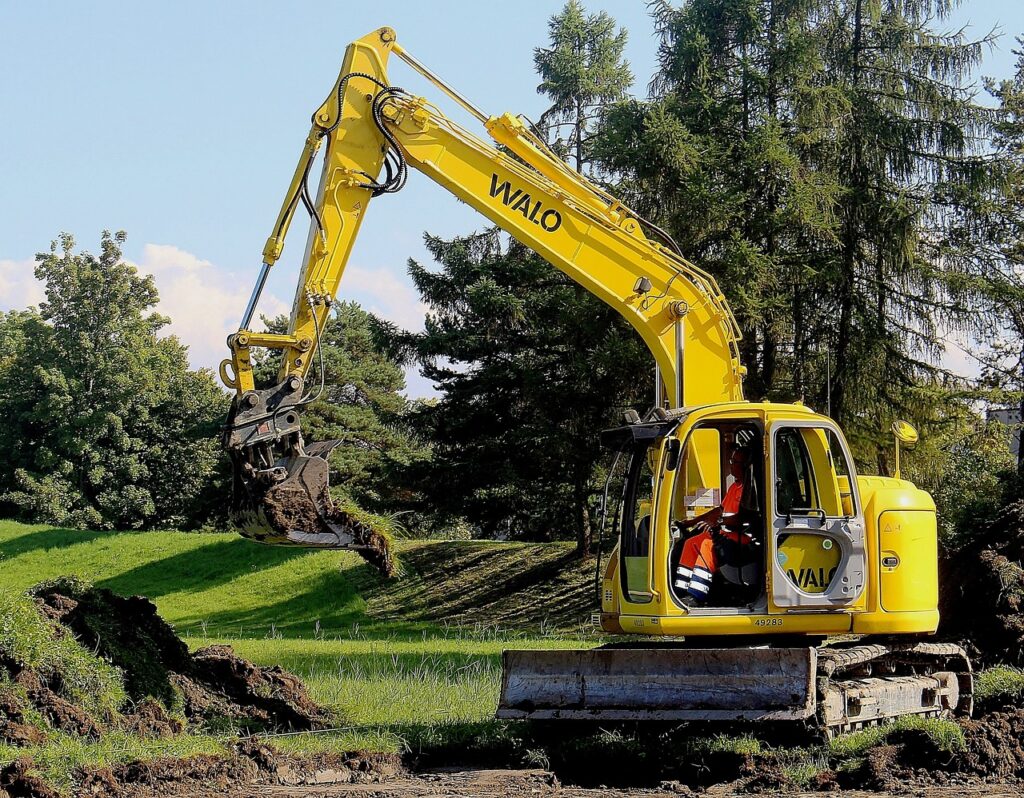A code of conduct is a comprehensive set of guidelines and principles designed to outline the expected standards of behavior and ethical practices for individuals within an organization or profession. It serves as a formal document that delineates the values, responsibilities, and ethical obligations of members, ensuring that their actions align with the organization’s mission and societal expectations. By establishing clear norms for professional conduct, a code of conduct helps maintain consistency, integrity, and accountability across all levels of the organization.
What is a code of conduct?
The primary purpose of a code of conduct is to provide a clear framework for ethical decision-making and to promote a culture of transparency, respect, and fairness. It covers various aspects of professional behavior, including compliance with laws and regulations, confidentiality, conflict of interest management, and the continuous pursuit of professional development. Ultimately, a code of conduct is an essential tool but for fostering trust, enhancing the organization’s reputation, and ensuring that all members act in a manner that upholds the highest standards of ethical and professional integrity.
Serve with Fidelity, Honesty, and Impartiality
- Public and Stakeholder Service: Commit to serving the public, employees, employers, clients, the Society, and the profession with unwavering fidelity. This includes acting in the best interests of these groups and prioritizing their safety and well-being.
- Honesty: Maintain honesty in all professional communications and actions. Ensure that all information shared is accurate and truthful, avoiding any form of deceit or misinformation.
- Impartiality: Make decisions and take actions based on objective criteria and professional standards, without bias or favoritism.
Respect, Civility, and Non-Discrimination
- Respect: Show respect for all individuals but by valuing their contributions and treating them with dignity. Listen actively but consider others’ viewpoints with an open mind.
- Civility: Maintain a professional demeanor in all interactions. Communicate politely and constructively, but even in disagreements or conflicts.
- Non-Discrimination and Anti-Harassment: Ensure that no individual is discriminated against or harassed based on personal identity, including race, gender, age, religion, disability, or any other characteristic. Promote an inclusive and equitable workplace.
Protecting the Reputation of the Society and Profession
- Avoiding Harm: Refrain from any behavior or actions but that could unjustly damage the reputation of the Society, its members, or the safety profession as a whole. Act in ways that uphold and enhance the integrity and credibility of the profession.
Continuous Professional Development–SAFETY PROFESSIONALS CODE OF CONDUCT
- Lifelong Learning: Engage in ongoing education and training to enhance professional knowledge, skills, and competencies. Stay updated with the latest developments, best practices, and technological advancements in the field of safety.
- Networking and Experience: Participate in professional networks and seek diverse work experiences but to broaden understanding and expertise.
Qualification and Competence
- Assessing Qualifications: Before undertaking any professional activity, carefully evaluate personal qualifications, including education, experience, and expertise, to ensure competence.
- Competent Service Delivery: Perform only those services for which you are fully qualified and capable. Seek additional training or expert advice but when necessary to ensure competent service delivery.
Informed Decision-Making
- Adherence to Standards: Make decisions that comply with all relevant laws, regulations, and recognized standards of practice. Ensure that all actions are legally compliant and ethically sound.
- Evidence-Based Decisions: Base decisions on accurate, up-to- date information, and sound professional judgement.
Risk Communication and Management
- Informing Parties: Communicate promptly and effectively but with all appropriate parties when professional judgment indicates that there is an unacceptable level of risk. This includes potential risks of injury, illness, property damage, or environmental harm.
- Risk Mitigation: Recommend and implement measures to mitigate identified risks, prioritizing the safety and health of all affected individuals.
Confidentiality
- Protecting Information: Maintain the confidentiality of information acquired but through professional practice but that is designated, or generally recognized as, non-public, confidential, or privileged.
- Proper Disclosure: Only disclose confidential information when legally mandated or with proper authorization, ensuring that the disclosure is appropriate and ethical.
Accurate Representation of Professional Qualifications
- Truthful Representation: Accurately represent professional qualifications, including education, credentials, designations, affiliations, titles, and work experience. Avoid exaggeration or misrepresentation of capabilities or achievements.
Conflict of Interest Management
- Identifying Conflicts: Recognize and avoid situations that create actual, potential, or perceived conflicts but between personal and professional interests.
- Disclosure: When a potential conflict of interest arises, disclose all relevant facts to affected parties promptly. Ensure transparency to maintain trust and professional integrity.
SAFETY PROFESSIONALS CODE OF CONDUCT
Integrity and Professional Conduct
- Highest Standards of Integrity: Safety professionals should demonstrate unwavering integrity by being honest, fair, and impartial in all professional dealings. This includes accurately reporting safety data, findings, and incidents without bias or manipulation.
- Compliance with Laws and Ethical Standards: Adherence to all applicable laws, regulations, organizational policies, and professional ethical standards is paramount. This ensures that safety practices are not only legal but also ethically sound and in the best interest of all stakeholders.
Creating a Safe, Resilient, and Sustainable Workplace
- Safe Work Environment: Develop and implement safety protocols and procedures that prevent accidents and injuries, ensuring the workplace is free from hazards and risks.
- Resilience: Establish systems that enable quick recovery and adaptation to emergencies and disruptions, ensuring continuity of operations and safety.
- Sustainability: Promote practices that are environmentally sustainable and socially responsible, ensuring the long-term health and safety of the workforce.
- Anticipating Future Needs: Stay ahead of emerging risks but trends by forecasting future safety challenges and proactively developing solutions to address them.
Respect, Dignity, and Fairness
- Respect and Dignity: Treat all individuals with the utmost respect and dignity, fostering an inclusive but supportive work environment where every person’s contributions are valued.
- Fairness: Make decisions impartially, based on merit and objective criteria, ensuring that all workers are treated fairly and justly in matters of safety and health.
Commitment to Lifelong Learning and Continuous Improvement
- Lifelong Learning: Engage in continuous education and professional development to stay current with the latest safety standards, technologies, and best practices.
- Knowledge and Skill Improvement: Actively seek out training opportunities, certifications, and educational programs that enhance professional competence and effectiveness in managing workplace safety.
- Innovation: Encourage and adopt innovative approaches and technologies that improve safety outcomes and efficiency.
Ethical Responsibilities of American Society of Safety Professionals (ASSP) Members
- Accountability: Take responsibility for personal actions and decisions, and hold others accountable to the same high standards. This includes acknowledging mistakes, learning from them, and making necessary corrections.
- Responsibility: Uphold the duties and responsibilities of the profession but by ensuring that all safety practices are carried out with diligence, care, and ethical consideration.
- Trust: Build and maintain trust with colleagues, employees, clients, and the public by consistently demonstrating ethical behavior and professional integrity.
IMPORTANCE OF THE ASSP SAFETY PROFESSIONALS CODE OF CONDUCT
- Ethical Benchmark: This code serves as a benchmark for ethical behavior, providing clear guidelines for ASSP members to follow. It sets a standard for what is expected in terms of professional conduct.
- Accountability: By committing to these standards, members accept the responsibility to act ethically and to hold themselves and others accountable for maintaining these standards.
- Responsibility: Emphasizes the importance of responsible conduct in protecting the safety and health of workers, ensuring that all actions taken are in the best interest of those served by the safety profession.
- Trust: Establishes a foundation of trust between safety professionals and those they serve, ensuring that stakeholders can rely on the professionalism and integrity of ASSP members.
CONCLUSION
A professional code of conduct serves as a vital framework for guiding the behavior and decision-making of safety professionals. By adhering to principles such as integrity, honesty, respect, continuous improvement, and confidentiality, safety professionals can maintain high standards of ethical and professional conduct. This framework not only ensures compliance with laws and regulations but also promotes the well-being of employees, clients, and the public. It fosters a culture of trust, accountability, and professionalism, enhancing the credibility and reputation of the safety profession as a whole.


